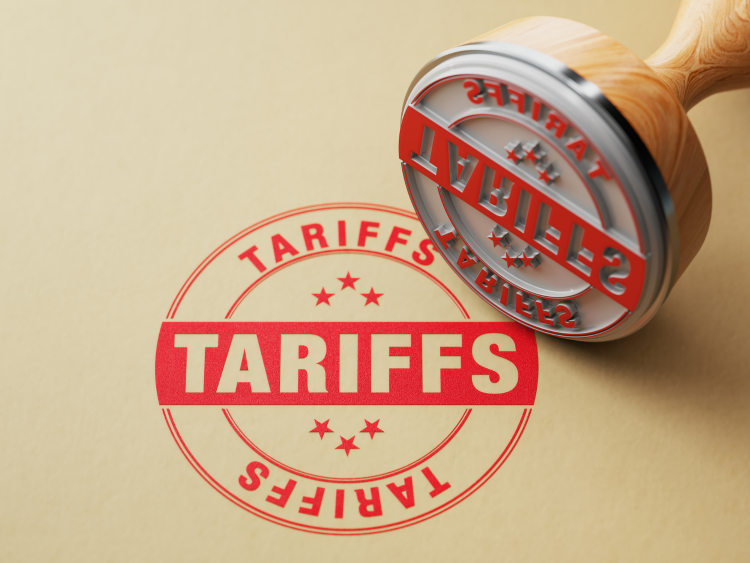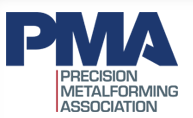OEMs

Tampa Steel: No doom and gloom in end-users' outlooks
Written by Ethan Bernard
February 6, 2024
The recession many predicted did not materialize in 2023, leading industry experts in several key end-use markets for steel to be cautiously optimistic for 2024.
Ken Simonson, chief economist for the Associated General Contractors of America (AGC); Alan Amici, president and CEO of the Center for Automotive Research; and Rick Prekel, partner at Preston Pipe, sat down with SMU senior analyst David Schollaert at Tampa Steel Conference 2024 last week to give their outlooks for this year.
Construction
“For the most part, things have been good for the last 12 months,” Simonson said, according to Census Bureau data tracked by Arlington, Va.-based AGC.
Looking to 2024, he said, “Some sectors will be ‘torrid,’ or at least doing very well. Others will be cooling off, tepid at best, or maybe even chillier than that.”
Based on a survey AGC conducts every November, Simonson said contractors are optimistic for several categories, with water and sewer projects high on the list. Behind that, but still in positive territories, were transportation, bridge and highway construction, federal projects, health care and hospitals, and manufacturing, among others. Warehouse construction and multi-family residential were viewed as weakly positive categories.
Lodging was slightly negative, while retail and private office construction were more sharply negative.
Describing himself as a “chronic optimist,” Simonson sees the economic recovery continuing this year. He pointed out that he successfully predicted there would be no recession last year, while many economists were forecasting the opposite. However, “the risk of recession remains for this year,” he noted.
Downside possibilities he warned of included another pandemic and a “full breakdown in government activity.”
However, he said, “The outlook for demand for construction will remain positive.”
He expects interest rates will however close to 7% for at least a few months, which has implications for construction, including dampening the recovery underway in single-family home-building.
Simonson noted that multi-family construction has been at record rates, but housing starts and permits have recently declined by 20-30%. So, there will be a huge drop-off in multi-family once current projects finish up.
There could potentially be much more infrastructure spending in 2024, but timing is uncertain because of regulations.
“That money is there … but the timing remains highly uncertain,” he commented.
Workforce availability also remains a problem for construction, Simonson noted.
Automotive
Amici, head of the automotive think tank CAR, focused his remarks on the transition to electric vehicles (EVs).
“There was primarily ICE investment until 2019, there was the pandemic in 2020, and then there was an incredible investment in EV investment in 2021-23,” Amici said.
He noted that there has been $147 billion in auto investment in North America in the last three years alone. Some 87% of that has been in EVs and batteries, which dwarfs spending over the past 15 years. Amici pointed out this is only OEM-announced investment and does not include government spending.
Amici said about 7% has been in Mexico, 14% in Canada, and the rest in the US. Of that, 45% was in the Great Lakes region, while 55% was in the South, which includes Texas.
Looking ahead, Amici said CAR had three possible trajectories for EV market share by 2032. He said the baseline (low) was 20% by 2032. For comparison, we ended 2023 at just under 8%.
The middle trajectory (accelerated,) which includes Inflation Reduction Act (IRA) incentives such as a tax credit for EVs, was 32% by 2032.
Finally, the optimistic trajectory was 62% by 2032. This would include additional legislation added for foreign automakers to be included in credits. At present, they don’t meet the IRA requirements.
Energy
Prekel, who described Preston Pipe as a data analytics firm focused on steel pipe and tube, looked at the tubular market and the renewables sector in his forecast.
“We expect a significant amount of steel demand, primarily from wind and solar,” Prekel stated.
He said solar is by far the fastest growing sector, increasing annually by 27% since 2017, “and it’s set to double when we look at results through 2025.”
More generally, he said we continue to see a buildup as we move through the energy transition to more renewables. “It’s a really interesting time in energy,” he commented, adding that most demand growth will come from the renewables sector.
Moving to oil and gas, he expects growth in both demand and supply will be slower than in 2023.
“But, overall, the market is going to pretty well balanced and managed by OPEC,” he noted.
The natural gas market is also very delicately balanced between consumption and exports.
Of the major regions producing natural gas, the Appalachia region is not expected to grow due to the lack of a pipeline. Most of the growth is expected to come from Louisiana and Texas, he said.
“The Biden administration just announced a pause on approval of new LNG export permits, and we’ll have to see how that plays out,” Prekel said.
Summing up, AGC’s Simonson kept up the optimism.
“The US economy has shown great resiliency over the last four years,” he said. His more general prediction was that, barring anything unexpected on the downside, “the US economy will grow … and inflation will not spike significantly.”

Ethan Bernard
Read more from Ethan BernardLatest in OEMs

Whirlpool says tariffs will bolster business
“Economically, the business case for products made in the us has become a lot more attractive," the CEO told Fox Business.

Galvanized buyers brace for market shifts amid rising tariffs
One buyer summed up the prevailing sentiment: “Everything is pointing up — pricing, sentiment, order activity. But the real test will come once the immediate reactionary buying subsides. Will there be enough true demand to support these levels through mid-year? That’s the big unknown.”

Galvanized buyers see glimmers of optimism amidst the chaos
Reflecting on 2024 and looking ahead to the new year, galvanized steel buyers on this month’s HARDI call expressed a mix of cautious optimism with lingering uncertainties.

Metalformers slightly more optimistic heading into 2025
Most expect activity to hold steady or increase over the next three months.

Metalformers see activity improving or steady in coming months
About 23% of respondents expect an uptick in economic activity in the next three months. That’s an increase over the 13% in October.
